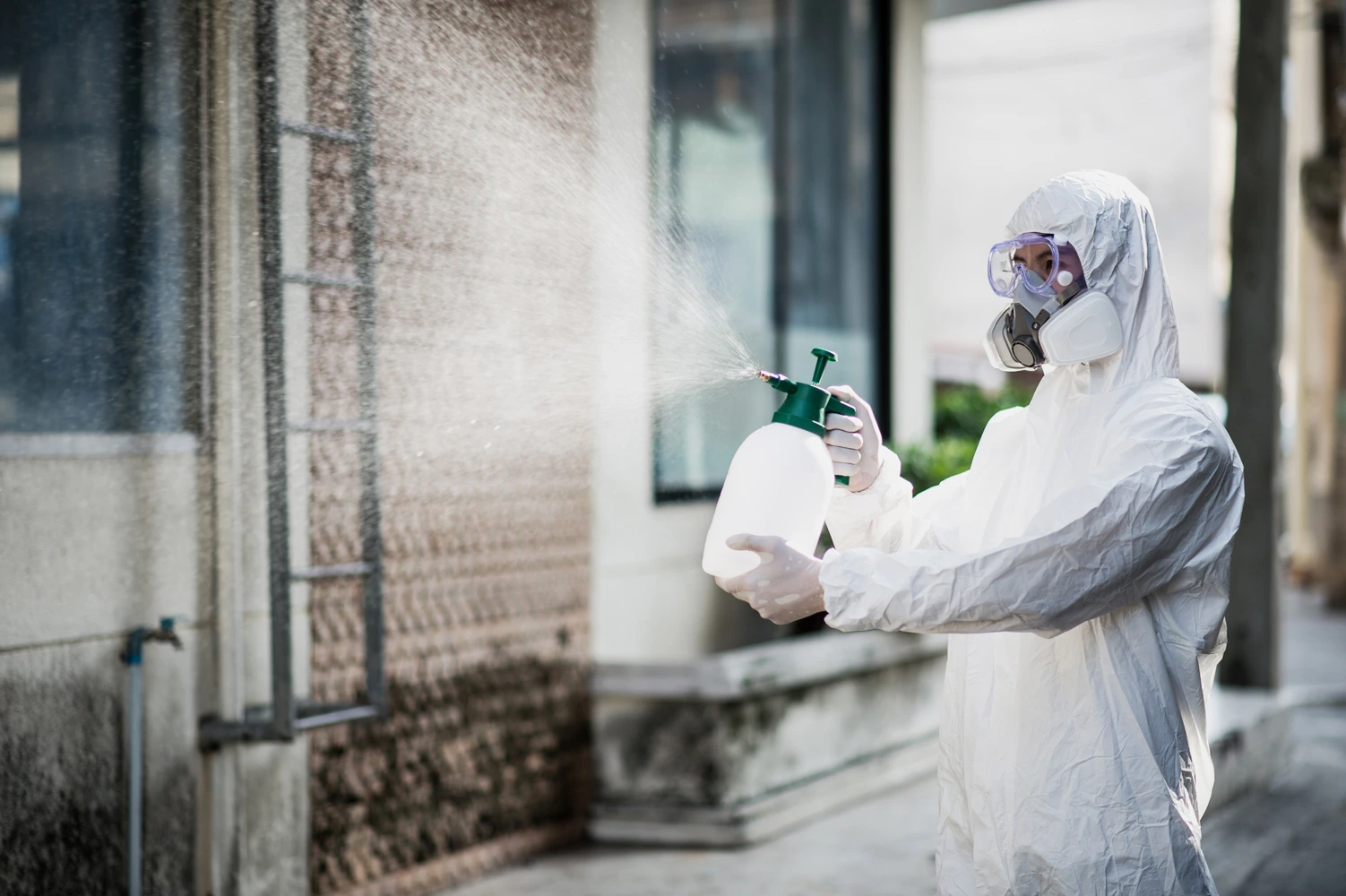Introduction
Utah’s dry air doesn’t always protect you from mold. In fact, mold can thrive in pockets of moisture that are common after water damage, plumbing leaks, or poor ventilation — even in areas like St. George, where people least expect it.
1. How Mold Grows in Dry Climates
Despite the arid conditions, mold can still flourish when these conditions are present:
- Moisture: From leaks, floods, or humid indoor spaces
- Warmth: Common in attics, basements, and crawl spaces
- Organic Material: Wood, drywall, dust, and insulation
Even homes with low overall humidity can harbor mold inside walls or behind furniture where moisture lingers.
2. High-Risk Areas in Utah Homes
- Basements: Especially after flooding or seepage from soil
- Bathrooms and kitchens: With poor ventilation and steam buildup
- Laundry rooms and under sinks: Where pipe condensation occurs
- Behind wallpaper or paneling: Where leaks go unnoticed
3. Health Risks of Mold Exposure
Mold exposure can affect anyone but is especially risky for children, the elderly, and those with respiratory issues:
- Sneezing, coughing, itchy eyes
- Headaches and fatigue
- Worsening asthma or allergies
- Long-term exposure may lead to chronic respiratory conditions
4. Mold Prevention Tips for Utah Homeowners
- Install bathroom/kitchen exhaust fans
- Use a dehumidifier in basements and after leaks
- Insulate pipes to prevent condensation
- Clean roof gutters and downspouts regularly
- Schedule professional inspections after any water incident
Conclusion
Mold doesn’t care how dry your zip code is — it cares how damp your walls are. With professional inspection and preventative care from Flood Master, you can keep your home safe, clean, and mold-free.

